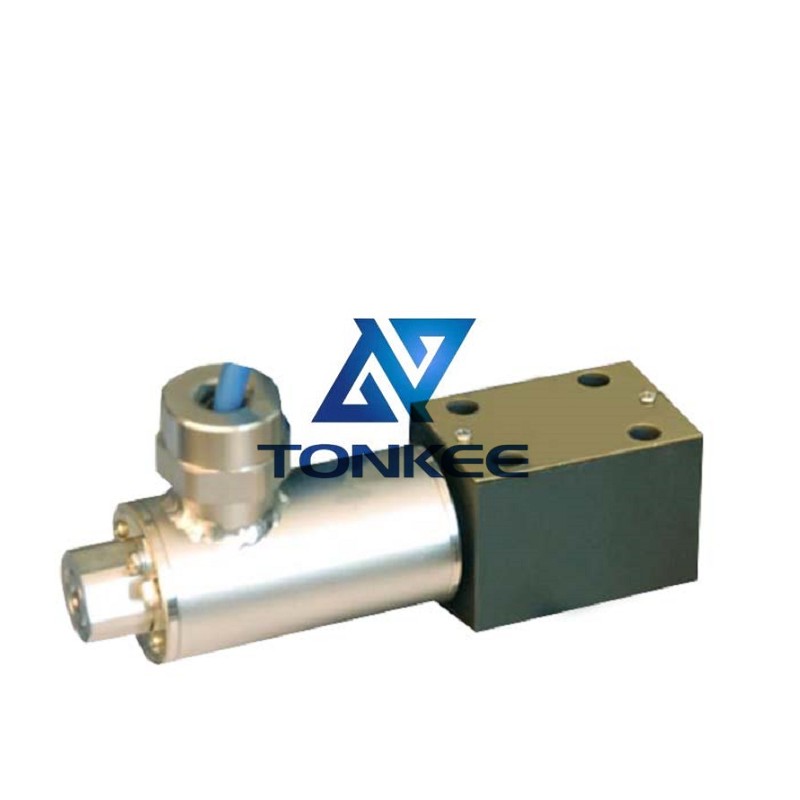
Purpose and Functionality:
An explosion isolation solenoid directional control valve is designed to control the flow of gases or liquids within a system.
It operates by using an electromagnetic solenoid to actuate the valve, either opening or closing it to control the fluid's path.
Explosion Isolation:
One of the most critical features of this valve is its ability to isolate potential explosions or fires within the system. It achieves this by having a robust construction and materials that can withstand high-pressure and extreme temperature conditions. Additionally, it has the capability to rapidly close off the fluid path in the event of an explosion or fire, preventing the spread of hazardous materials.
Materials and Construction:
These valves are typically constructed from high-quality materials like stainless steel, brass, or other corrosion-resistant alloys. The valve body is designed to withstand high pressures, and the seals and gaskets used are often made from materials compatible with the fluids being controlled.
Pressure and Flow Ratings:
The specifications of an explosion isolation solenoid directional control valve will include details about its pressure and flow ratings. These values indicate the maximum pressure and flow rates the valve can handle safely. Engineers select valves based on these ratings to ensure compatibility with their specific application requirements.
Actuation Mechanism:
These valves are actuated by an electromagnetic solenoid.
The solenoid is controlled electronically and can be triggered to open or close the valve. The speed and precision of the actuation are essential factors, and the specifications will detail these characteristics.
Voltage and Electrical Requirements:
The electrical requirements for the solenoid are specified, including the voltage and current needed for proper operation. The valve may also include features like surge protection or fail-safe mechanisms to ensure reliability in electrical systems.
Fluid Compatibility:
The valve's specifications will list the types of fluids it is compatible with. Some valves are designed for specific fluids, while others are more versatile and can handle a range of liquids or gases. It's crucial to ensure that the valve is compatible with the specific fluid used in your application.
Environmental Considerations:
These valves are often used in harsh industrial environments. Therefore, their specifications may include information about their resistance to environmental factors such as dust, moisture, and extreme temperatures.


